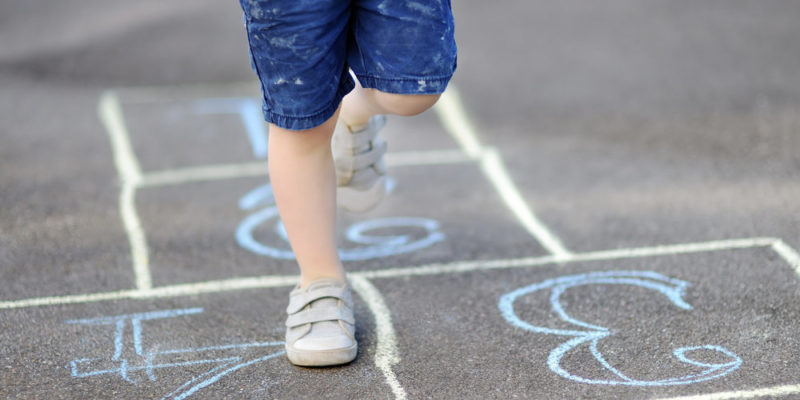We explain what play is, what its purpose is and how it affects social development. In addition, its general characteristics and functions.
What is the game?
The game is an activity with certain rules whose main objective is fun and pleasure. It can be used for pedagogical purposes as a secondary objective .
The games belong to all the cultures of the world, so they are considered a universal human characteristic .
The first records of recreational activities date back to 3,000 BC. C. and is considered one of the main ways in which children express themselves.
However, the game is an activity that can continue throughout life , changing according to the interests and abilities of the individual. The UN includes it among the fundamental rights of the child .
Game Features :
1. It’s spontaneous

For a game to be considered as such, it must be voluntary . Universally, play has emerged in all cultures and in all normally developing children.
Many animals also participate in the game , some (non-gregarious animals) only do so in childhood and others (gregarious) also during adulthood .
2. Has limits

It is not a continuous activity, but takes place at a specific time and place .
These limits allow that, while the game is taking place, the behavior of people is governed by laws different from those of everyday life.
3. Has rules
The rules that govern a game may or may not be explicit , but in all cases they establish a different reality from everyday life.
The internal order of the game determines the rules . This is possible because it is a conventional activity and, as such, is the product of an agreement between the players.
Each game organizes the actions in a specific way . A game may resemble a non-game activity, but the way it organizes the actions distinguishes it from that activity (play fighting is not the same as fighting).
4. They have a purpose

The game is justified because it produces pleasure, it is disinterested and inconsequential . In this sense it differs from sport since there is no competition with others or with oneself.
Although a person external to the game can design it with a specific purpose (learning, development of motor skills, etc.), for the players that purpose has no relevance. Otherwise, the game ceases to exist as such.
Selfless play is important at all stages of life , but it is essential in childhood . For this reason, when an adult plays with a child, they must bear in mind that it is not necessary for a child to learn, but for a child to play.
5. Evolve
The characteristics of the games change along with the individual . For example, in the first three years of life , children play mainly individually.
Later, the games include an interaction with other children or adults .
6. Social and cultural functions

Although the game arises spontaneously and is practiced without taking into account any ulterior objective, it has been observed that it allows the development of certain skills .
The game allows the integration of the individual in his culture , but also favors symbolic thought .
The ability to relate to others, as well as to establish and respect norms and objectives, is essential for social development.
Respect for the rules , no matter how minimal, collaborates with the development of self-control in both children and adult
7. Psychomotor functions
With fun as the goal, children are motivated to explore and thus expand their motor and sensory abilities.
Children discover new ways of perceiving at the same time that they coordinate the movements of their body and, in this way, their body structure is organized.
8. Intellectual functions

Due to the goals that each game proposes, it encourages the development of the ability to plan complex actions and interpret the facts, which stimulates reflective and representative thinking.
Along with the ability to reason, the alien world of everyday life that the game establishes encourages imagination and creativity , also allowing an early understanding of the difference between fantasy and reality.
9. Emotional functions
The therapeutic value of play lies not only in the pleasure of the game but also in its ability to function as a releaser of retained tension and energy .
In both children and adults it can be a way to express and explore emotions but in children it may be the only way they have available to communicate and express themselves.
10. Interact with reality

The game is an activity through which you interact with the reality accessible to the person who plays.
This interaction can be symbolic, through the representation of situations or objects external to the game, or concrete, through contact with one’s own body, with other players, with objects and game spaces. Both types of interaction can be simultaneous.
The above content published at Collaborative Research Group is for informational and educational purposes only and has been developed by referring reliable sources and recommendations from technology experts. We do not have any contact with official entities nor do we intend to replace the information that they emit.














